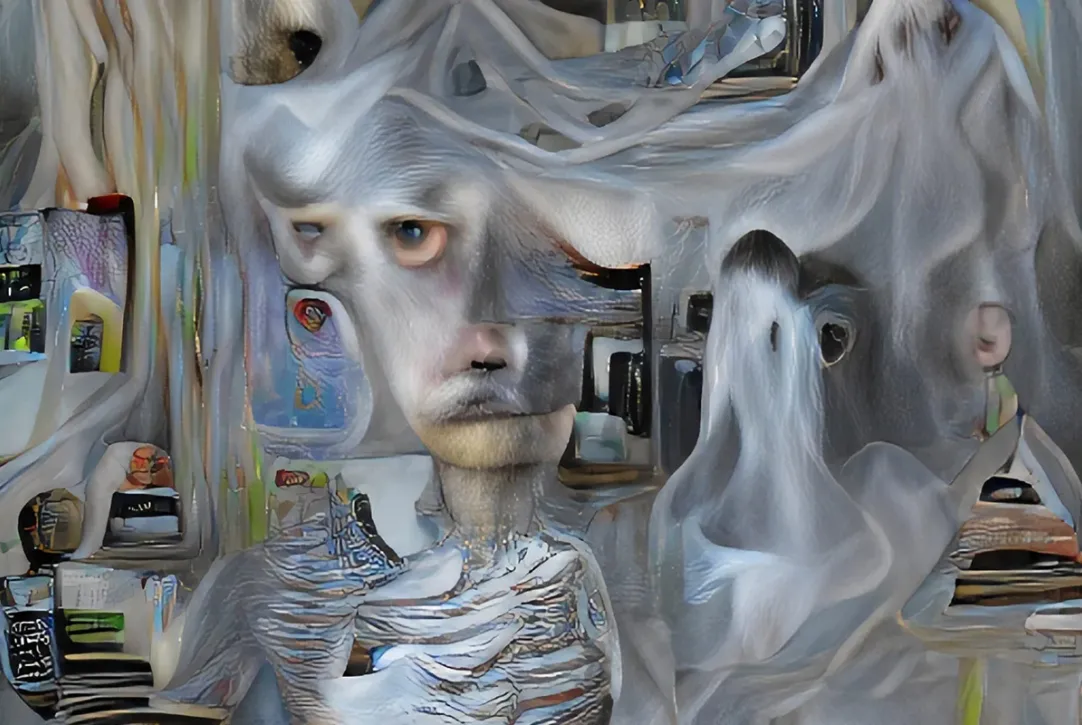AI capabilities
Automatic creation of new images based on training data.
Advertising
Visualization of ideas and creation of prototypes.
Personalization of art to the tastes of viewers.
Examples
The painting “Portrait of Adele” (created by AI and sold at auction for $432 thousand).
Musical compositions generated by neural networks.
Poetic and literary experiments.
Social Media and Digital Culture
The Internet and social platforms — TikTok, Instagram, YouTube — have radically changed the way art is perceived and promoted.
Artists find an audience without intermediaries.
Viral trends and memes are becoming a form of art.
Co-creation and collaboration are taking on a new dimension.
Conclusion
Digital technologies have not only changed the artist’s tools — they have transformed the very understanding of art. NFTs provide new models of ownership and monetization, VR and AR open up spatial horizons, and AI is becoming a new co-author and inspirer. This digital revolution is expanding the boundaries of creativity and making art more accessible and interactive.
The future of contemporary art is a synthesis of technology and human imagination. And we are just beginning to discover this amazing world.


